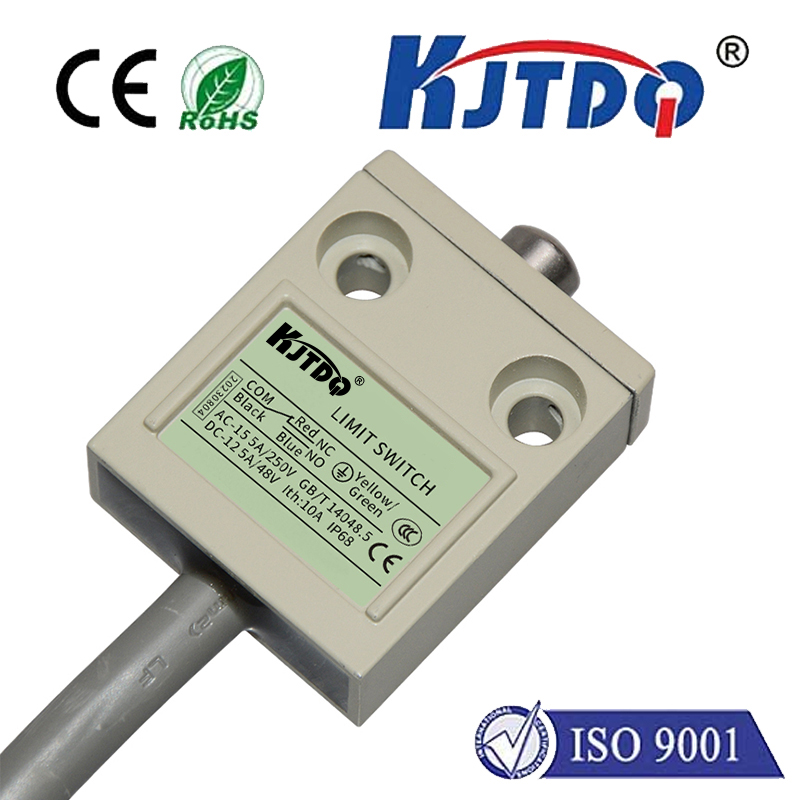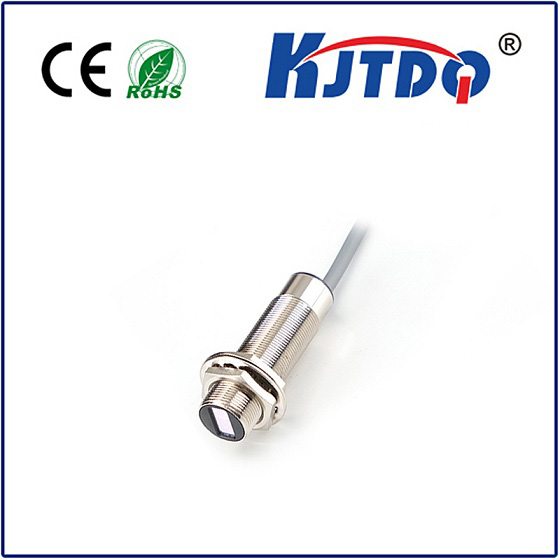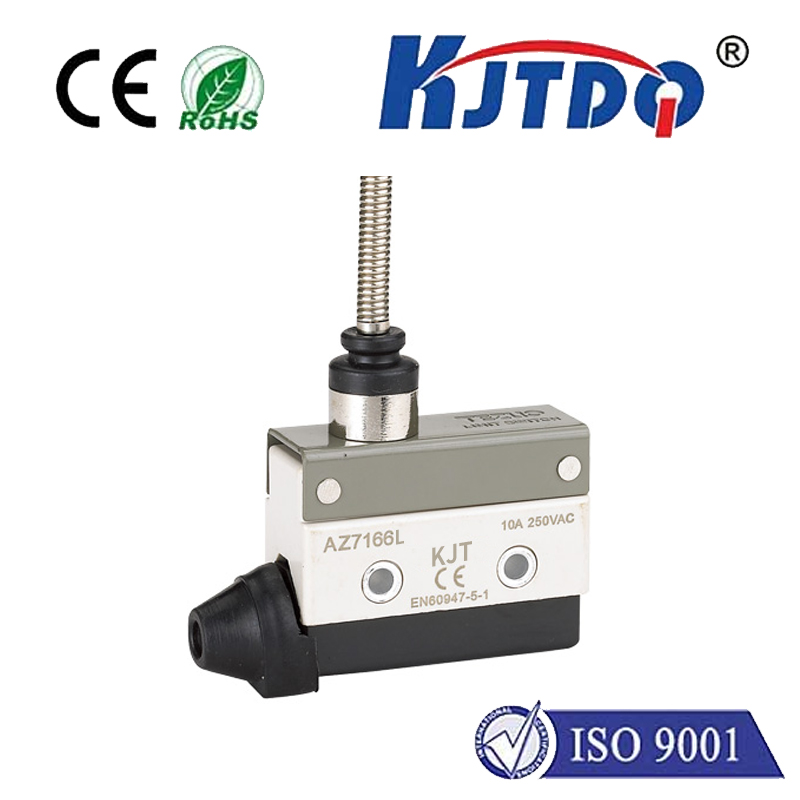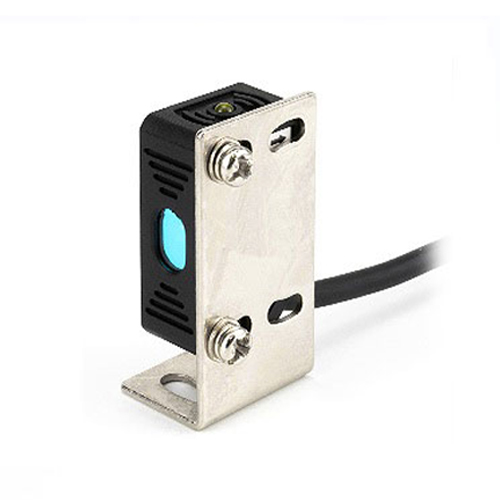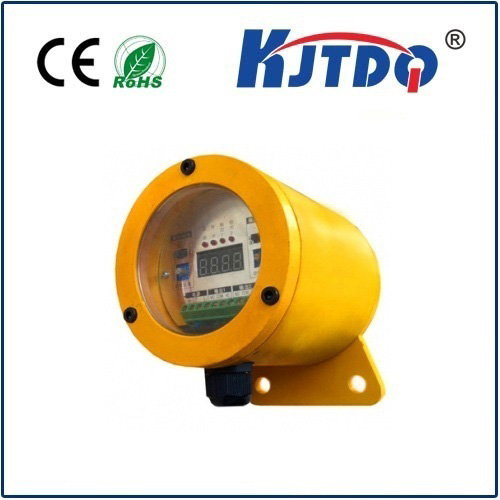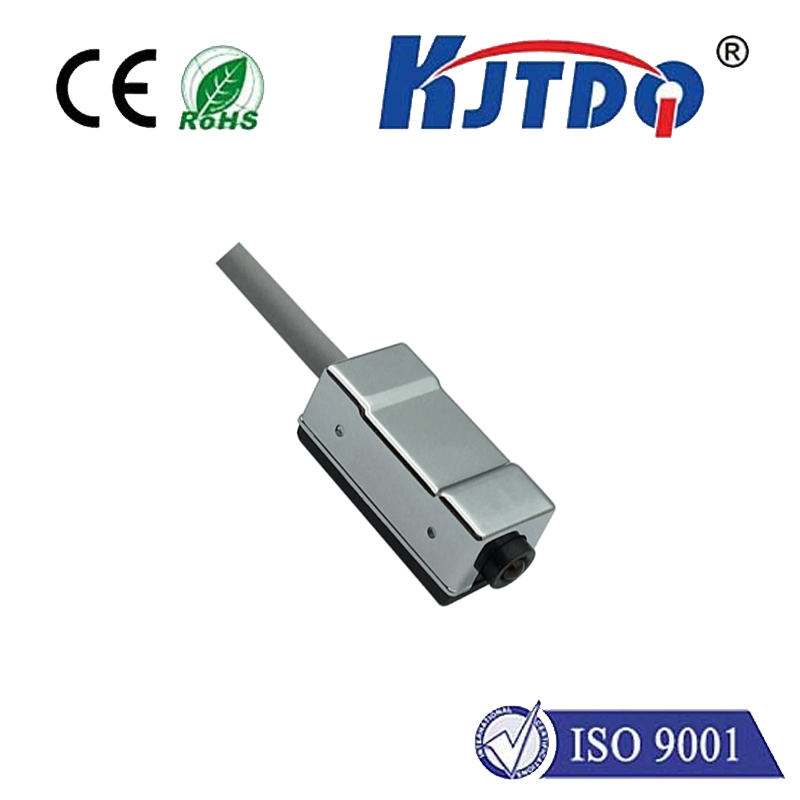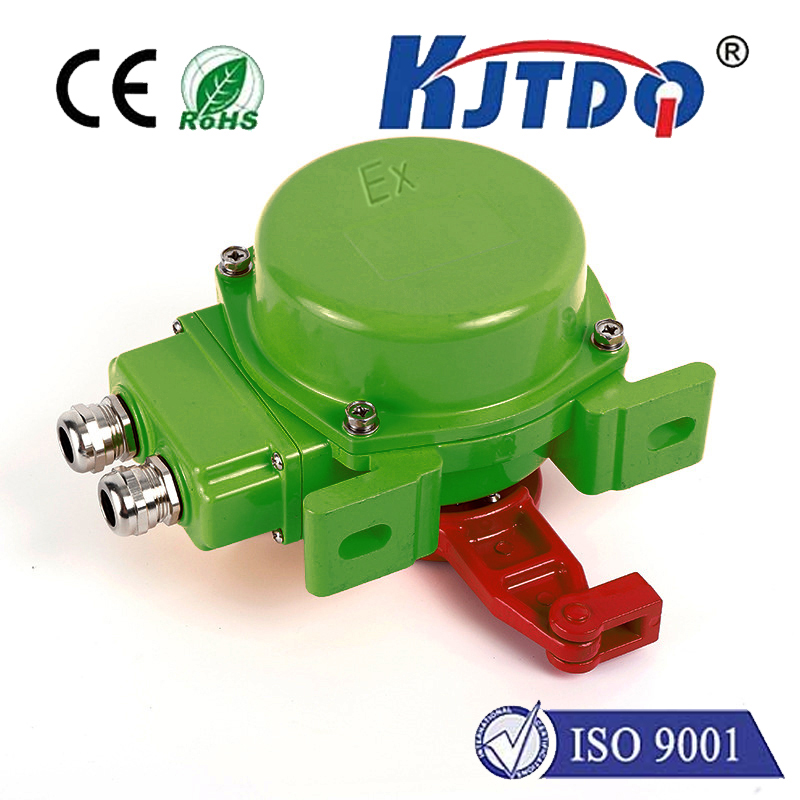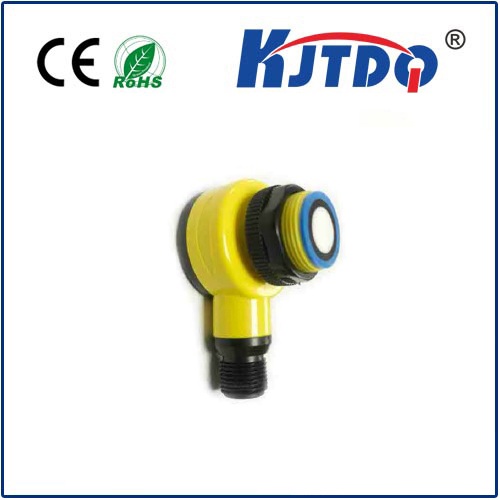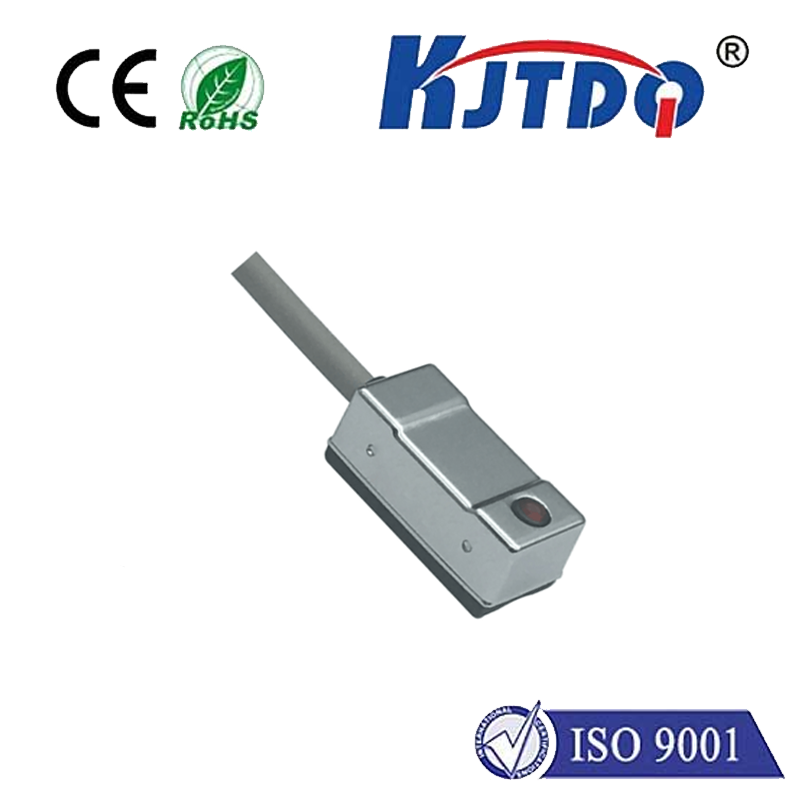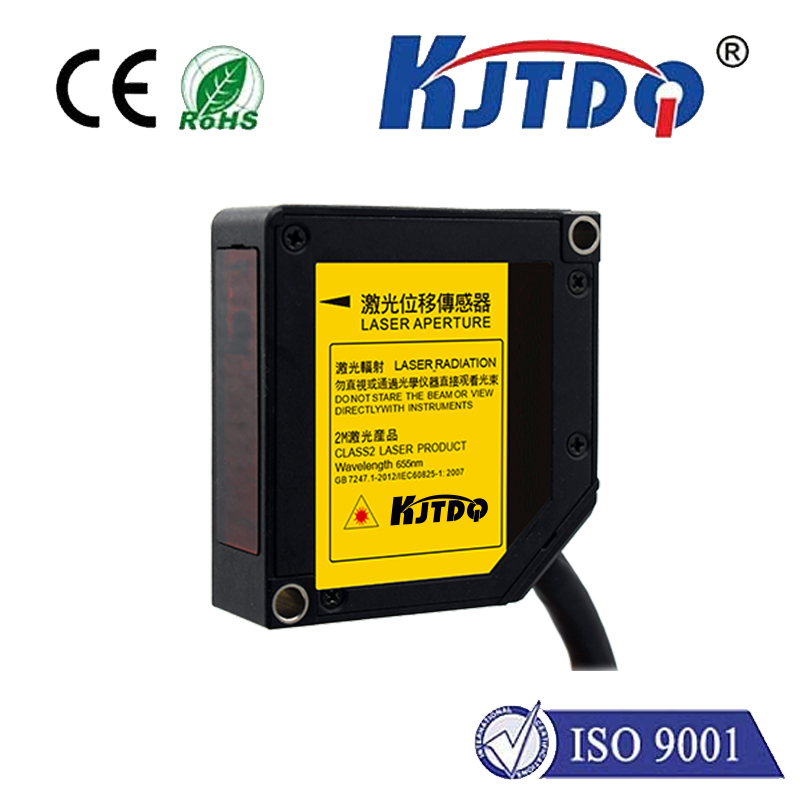

check

check

check

check

check

check

check

check

check

check
**The relentless pulse of modern civilization beats through vast networks of pipelines – arteries carrying vital resources like oil, gas, and water across continents. Yet, these critical infrastructures face constant threats: corrosion, third-party damage, ground movement, and the ever-present risk of leaks with devastating environmental and economic consequences. Traditional monitoring methods often fall short, being reactive, costly, or impractical for thousands of kilometers of buried pipe. Enter fiber optic sensor pipeline monitoring – a paradigm shift offering continuous, real-time vigilance across entire networks.**
Why Pipeline Monitoring is Non-Negotiable
Pipeline failures aren’t mere inconveniences; they are catastrophes. A single rupture can lead to:
Conventional methods like periodic physical inspections, aerial patrols, or discrete point sensors (pressure, flow) have limitations. They provide snapshots, not a continuous picture. They struggle to pinpoint small leaks or locate subtle ground movements early. They are expensive and logistically challenging to deploy comprehensively, especially in remote or inaccessible areas.

Fiber Optics: Transforming the Cable into a Thousand Sensors
Fiber optic sensing technology leverages the very optical fiber cable – typically deployed for communications alongside the pipeline – as a continuous sensor array. This isn’t about transmitting data through the fiber; it’s about using sophisticated interrogator units to analyze light signals within the fiber to detect minute changes along its entire length. Key techniques include:
The Compelling Advantages Driving Adoption
The shift towards fiber optic sensor pipeline monitoring is accelerating due to its unmatched benefits:
Real-World Applications: Safeguarding Assets Today
Fiber optic pipeline monitoring isn’t theoretical; it’s actively securing critical infrastructure globally:
The Future is Fiber
Fiber optic sensor pipeline monitoring represents a fundamental leap forward in infrastructure protection. It transforms passive communication cables into intelligent nervous systems that feel the environment around the pipe. As interrogator technology advances and data analytics (particularly AI and machine learning) become more sophisticated at interpreting the vast data streams generated by DAS, DTS, and DSS, the capabilities will only expand.
The benefits – enhanced safety, significantly reduced environmental risks, improved operational efficiency, and long-term cost savings – make fiber optic sensing not just a technical option, but an essential investment for any operator serious about safeguarding their pipeline assets, protecting the environment, and ensuring the reliable flow of the resources our world depends on. It provides the continuous vigilance required to manage the complex risks inherent in extensive pipeline networks, truly future-proofing this critical infrastructure.
